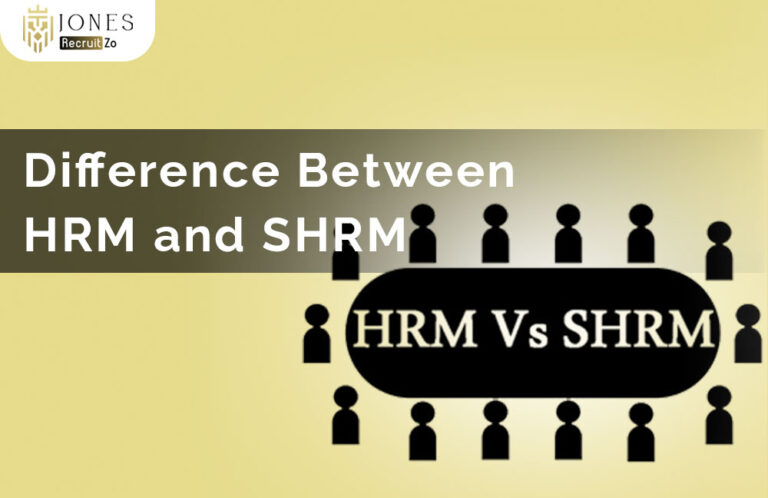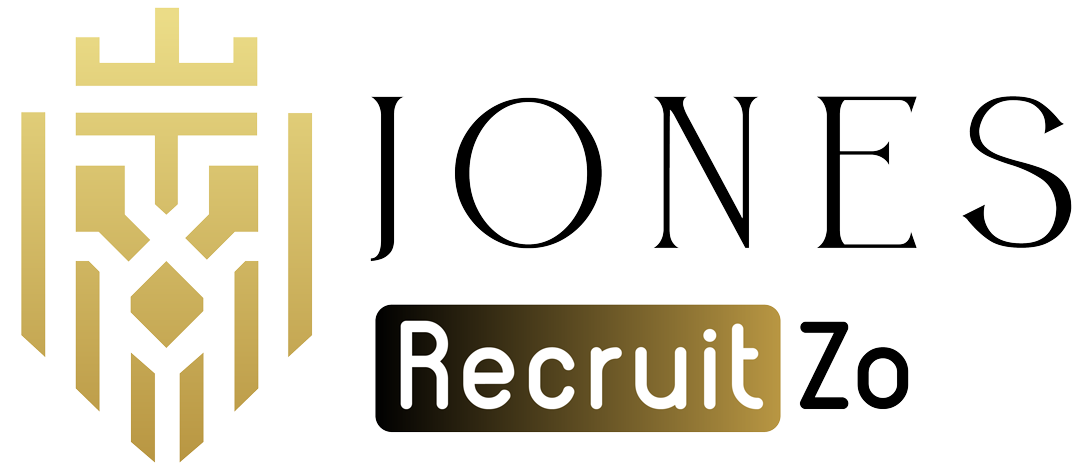What is a Talent Pipeline?
The purpose of a talent pipeline is to help find, recruit and grow talent for upcoming job vacancies. Organizations benefit from knowing what is a talent pipeline because they can expect when to hire, set up connections with candidates ahead of time and efficiently get top people on board.
Why is a Talent Pipeline Important?
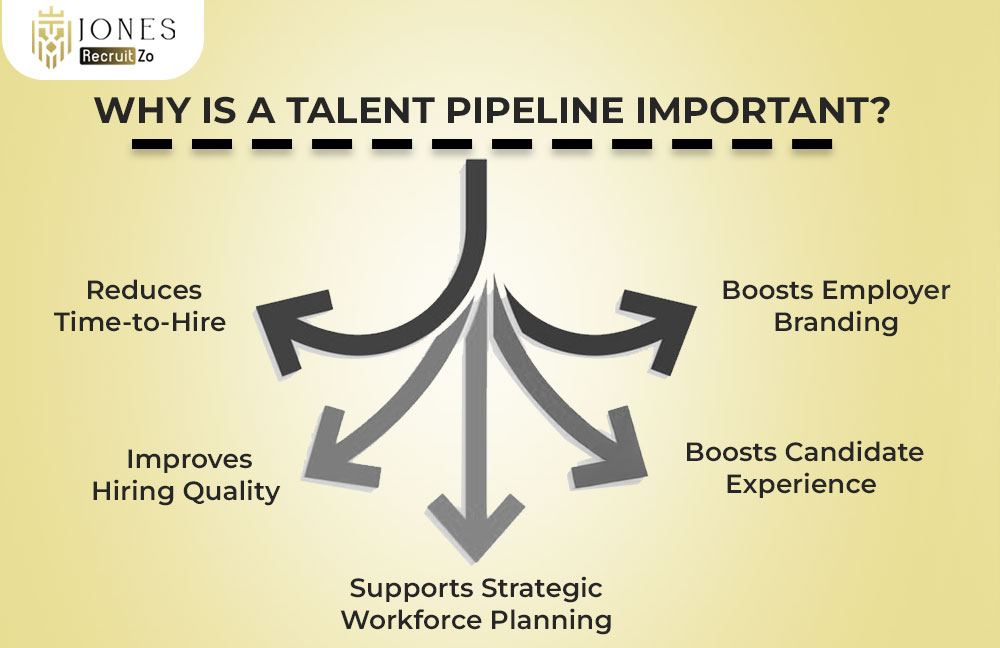
It is necessary to manage talent pipelines effectively for an organization to grow successfully. It gives organizations the workers they need, helps with planning and supports the company’s future strategy. Good talent pipeline management decreases problems caused by hiring and aids companies in adjusting to rapid changes in the workforce.
Reduces Time-to-Hire
With a talent pipeline, employers save time on hiring since they can quickly choose from vetted candidates. Having a proactive talent pipeline, managers don’t have to start recruitment from the beginning, which results in faster hiring and attention to linking talent with the company’s objectives.
Improves Hiring Quality
When recruiters can learn about talents in advance, they can recruit top-quality people for new jobs opening up. When organizations maintain this long-term connection, they can judge the candidate’s culture, skills and growth possibilities and use these to form a beneficial talent pipeline.
Supports Strategic Workforce Planning
Adding a talent pipeline strategy to workforce planning allows us to foresee when we will need new employees. It enables leaders to see what talents are needed and develop a suitable pool of candidates. Looking ahead in this way allows an organization to remain successful and sustain its staff in the future.
Boosts Candidate Experience
Ensuring there is a developed talent pipeline gives candidates a positive experience with regular contact. If candidates are made to feel valued from the very beginning, they tend to last longer. An efficient talent pipeline ensures the company can still receive positive responses from potential hires.
Boosts Employer Branding
When a talent pipeline is easy to notice, the image of the company improves. It proves that your company gives importance to hiring and retaining top talents. Having a well-defined talent pipeline strategy brings in new recruits and shows others that the organization is progressive and preferred.
Difference between Talent Pipeline and Talent Pool
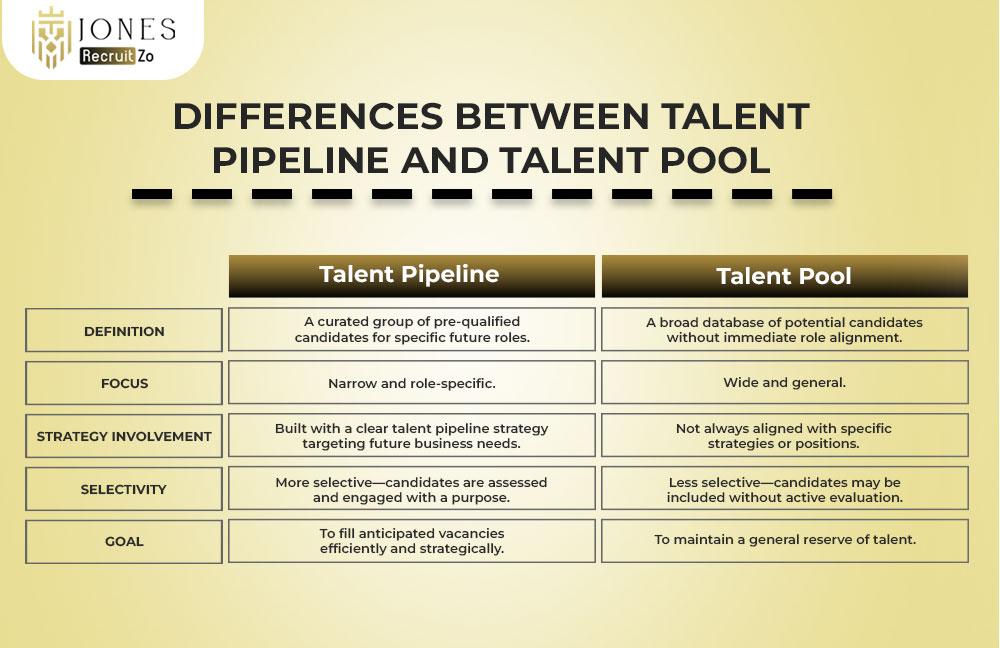
While candidates for both are gathered in advance, a talent pipeline mainly comprises individuals suited for special future positions with a clear strategy. A talent pool is not as narrow or selective as one with a narrow focus. Being aware of what is a talent pipeline helps everyone distinguish it from recruitment.
How to Build a Talent Pipeline?
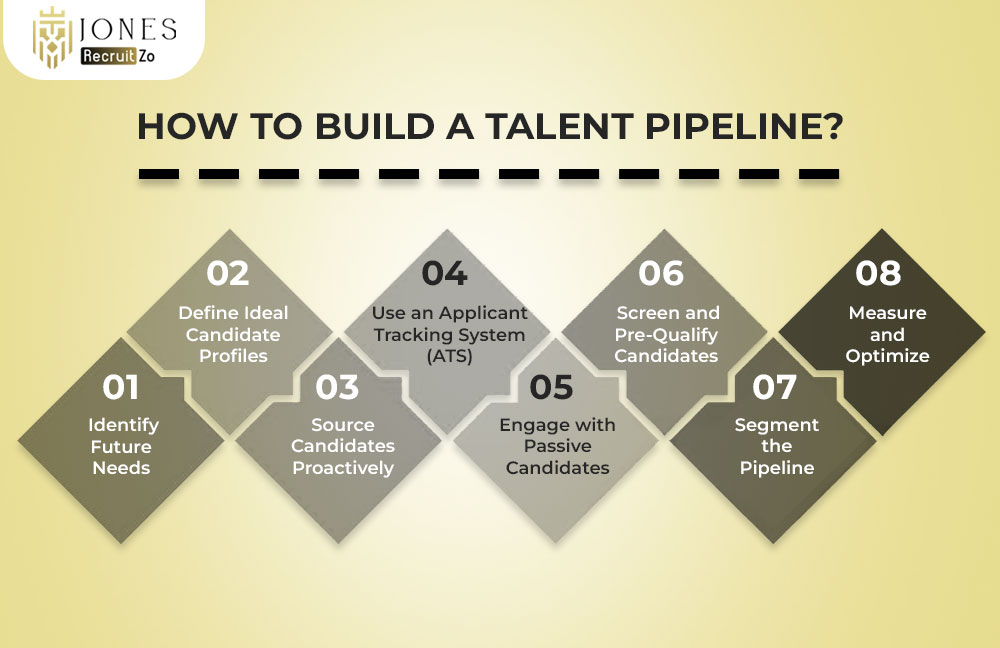
You need to plan in advance, decide what kind of employees you need and connect early with others to build a talent pipeline successfully. A well-managed talent pipeline depends on modern tools, dividing people into groups and persistent improvements to deliver top candidates.
Identify Future Needs
Building a talent pipeline begins with spotting what skills and experience the organization will need in the future. It requires recruitment to support the company’s strategy to help foresee areas that will grow. When demands for the future are understood, recruiters are able to prepare and target the suitable people early.
Define Ideal Candidate Profiles
The process of developing a talent pipeline depends on precise candidate profile descriptions. It helps the team learn and agree on what they need to have in terms of skills, traits and values. The clarity helps manage the talent pipeline by point the team toward the best prospects and weeding out unfit ones smoothly.
Source Candidates Proactively
By being proactive in hiring, you keep a steady supply of potential candidates in your company. This strategy works on people who are on the job market and those who are likely to match future job requirements. Any strong approach to talent pipeline includes the constant development of capabilities.
Use an Applicant Tracking System (ATS)
A talent pipeline is managed more efficiently by an ATS, as data is organized, interactions are followed and correspondence is kept track of. It makes it possible for teams to access historical data and check the results of their hiring efforts. Adding an ATS into your process is key to developing a strong and expandable talent source.
Engage with Passive Candidates
Active engagement with passive candidates lets you bring in talented individuals who aren’t actively seeking new jobs. Staying in touch and updating them regularly give insight into their interests which helps build a more flexible talent pipeline.
Screen and Pre-Qualify Candidates
Evaluating and checking people before interviewing ensures that those who do not match the minimum requirements do not go further. As a result, the time required for hiring is lowered and workers best suited for business goals are identified sooner.
Segment the Pipeline
Grouping your talent by the roles they do, their level of experience or their skills makes it simpler to execute strategies. It makes it possible for recruiters to communicate more effectively with each person. When segmentation is done well, it is easy to find out about problems and develop ways to solve them.
Measure and Optimize
Always keep track of essential numbers and improve your strategy as needed. Observing how the talent pipeline works allows recruiters to identify what should be changed which results in an improved process and better achievements of recruiting goals.
FAQs
1) What is a Talent Pipeline?
The purpose of a talent pipeline is to help find, recruit and grow talent for upcoming job vacancies. Organizations benefit from knowing what is a talent pipeline because they can expect when to hire, set up connections with candidates ahead of time and efficiently get top people on board.
2) Why is a Talent Pipeline Important?
It is necessary to manage talent pipelines effectively for an organization to grow successfully. It gives organizations the workers they need, helps with planning and supports the company’s future strategy. Good talent pipeline management decreases problems caused by hiring and aids companies in adjusting to rapid changes in the workforce.
3) What is the difference between talent pool and pipeline?
While candidates for both are gathered in advance, a talent pipeline mainly comprises individuals suited for special future positions with a clear strategy. A talent pool is not as narrow or selective as one with a narrow focus. Being aware of what is a talent pipeline helps everyone distinguish it from recruitment.
4) How to Build a Talent Pipeline?
You need to plan in advance, decide what kind of employees you need and connect early with others to build a talent pipeline successfully. A well-managed talent pipeline depends on modern tools, dividing people into groups and persistent improvements to deliver top candidates.



